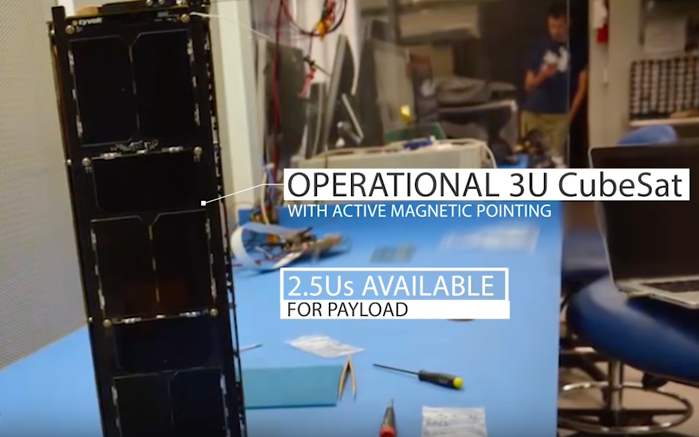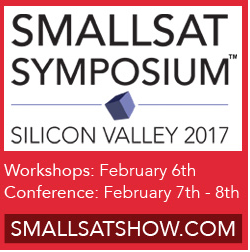
Seven CubeSats were sent up with United Launch Alliance's (ULA) rocket from Vandenberg Air Force Base (VAFB) as an auxiliary payload on the DigitalGlobe WorldView-4 mission. Tyvak served as the integrator for all seven nano satellites as an auxiliary payload on the DigitalGlobe Inc. WorldView-4 mission.
Tyvak Nano-Satellite Systems Inc. partnered with California Polytechnic (Cal Poly), ULA, Lockheed Martin and DigitalGlobe to participate in this rideshare opportunity, which was the first of its kind for the NRO.

Ridesharing is a flight-proven approach to spaceflight that provides lower-cost access to space for companies and organizations that need launch, but don’t require a full rocket’s payload capabilities.
Tyvak served as the integrator for all seven CubeSats. ENTERPRISE is the fifth NRO mission to utilize ridesharing, but the first in which the organization has partnered with a commercial company to do so.
The CubeSats will be launched into space inside of ULA’s Centaur Aft Bulkhead Carrier and ejected from the bulkhead using dispensers provided by Tyvak and Cal Poly. All seven CubeSats are part of the several unclassified technology demonstrations listed below.
- AeroCube-8: Developed by theMassachusetts Institute of Technology, this experiment seeks to demonstrate an electronic propulsion system designed for CubeSats.
- RAVAN: Developed in partnership between the Johns Hopkins Applied Physics Laboratory, L-1 Standards andTechnology, Blue Canyon Technologies and NASA’s Goddard Space Flight CenterRAVAN (Radiometer Assessment [using] Vertically Aligned Nanotubes), is a mission to measure Earth’s radiation imbalance – the single most important measurement for predicting climate change.
- CELTEE: Sponsored by the Air ForceResearch Lab, CELTEE, or Clean Energy Low Temperature Emissions-Free Engine, is a demonstration of M42 Technologies’ Enhanced Locator Transponder. The transponder was developed using Low-SWaP (Size, Weight, and Power) tracking technology.
- OptiCube: Developed by Cal Poly, Opticube will provide a target for Earth-based equipment to calibrate their sensors, thereby enabling the study of orbital debris and improving small-object tracking.
- DoD Nanosat Project: A Department of Defense experiment that will explore the over-the-horizon communication capabilities of CubeSats.


